Why Wray's Curtain Call Won’t End the Push for Size-Inclusive Fashion
Wray Serna was one of the few designers to offer identical pieces in sizes XXS–6X. In an interview with 'Marie Claire', she explains why progress doesn't end with her brand.

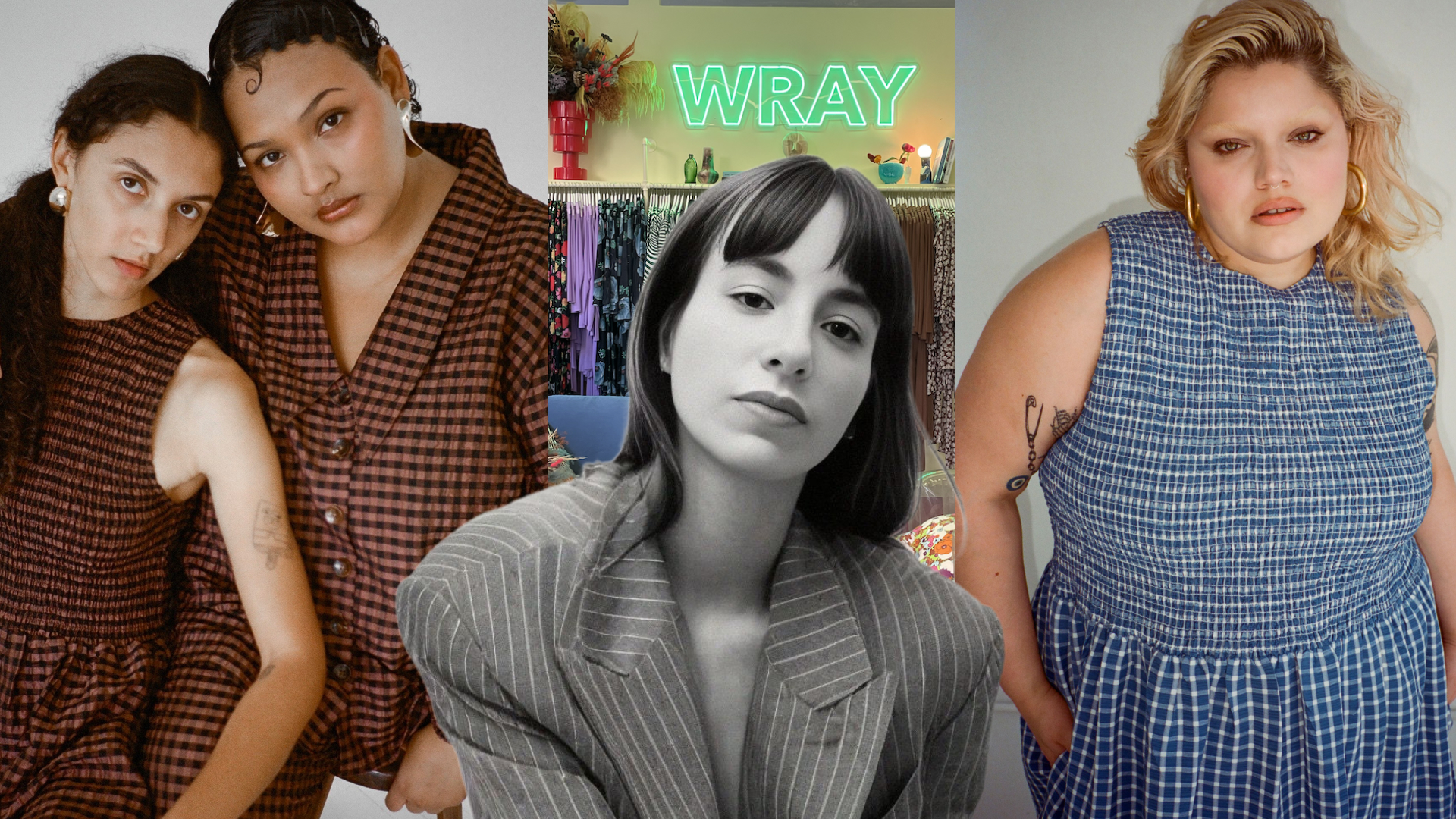
On a balmy June evening, the Wray store at the corner of Orchard and Hester Streets in Lower Manhattan kept its neon sign lit for hours after its usual closing time. Longtime fans gathered among the racks to bid farewell to Wray's vibrant prints and its radically size-inclusive range (XXS to 6X, in every single piece it carries). Founder Wray Serna hugged brand fans wearing designs she hadn't seen since 2015—the label's inaugural year. She listened to women—close friends, mothers, and daughters—who shopped for her pieces together and cherished the fact that they could all wear the exact same items, regardless of their size. "It was definitely an emotionally charged event," she tells Marie Claire, "which I didn't really think about before the event happened."
In a somber March 18 Instagram post, Serna, an alum of Issey Miyake and Rachel Comey, announced that her brand would wind down operations. "After an extraordinary decade of creating size-inclusive fashion and building a community rooted in confidence, self-expression, and diversity," she wrote, "I have made the difficult decision to close this chapter due to personal health challenges." The store's last day will be June 22; after a final July delivery, online merchandise will last until it sells out.
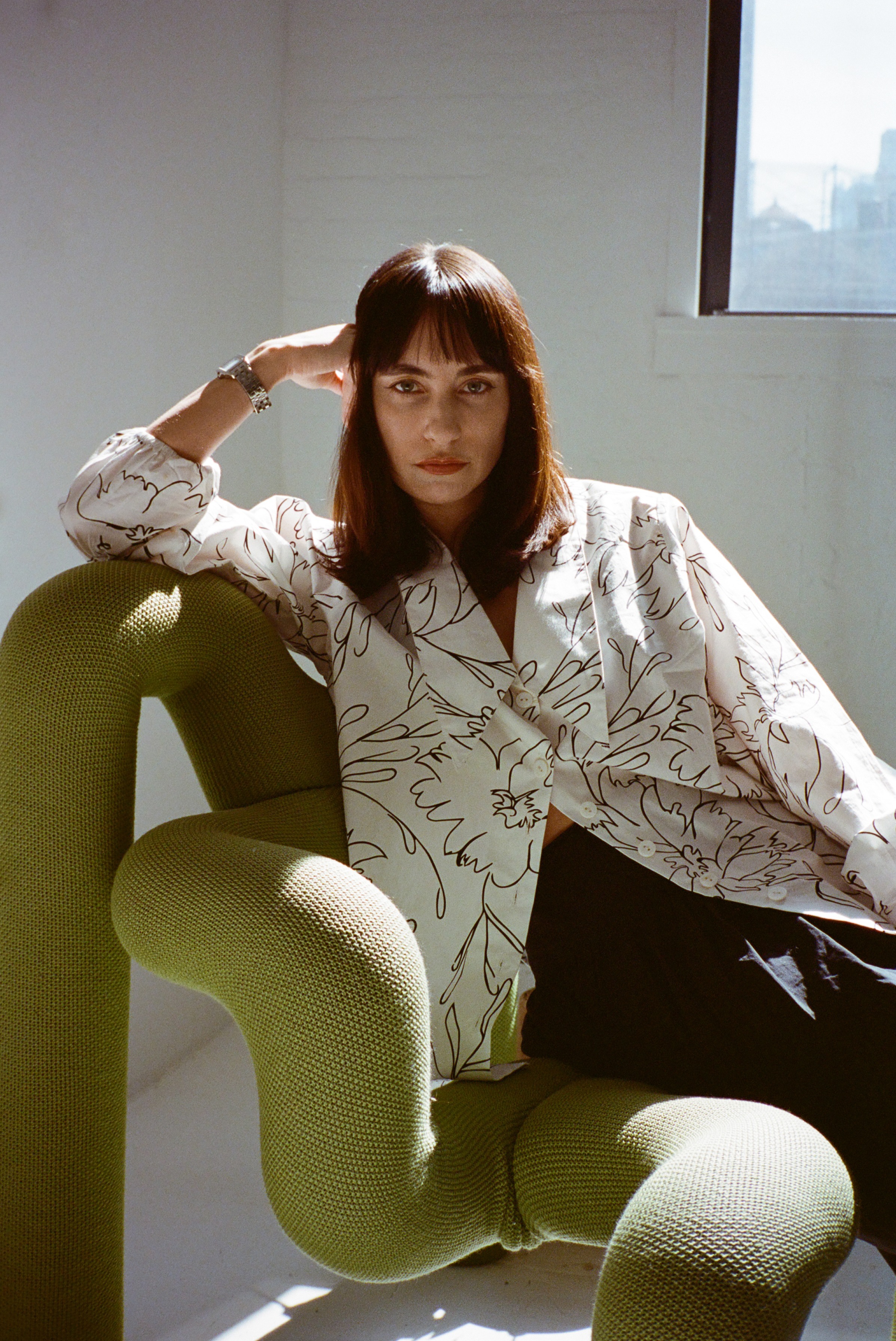
Wray founder and designer Wray Serna.
Over the past ten years, Wray's designs have gone from her Lower Manhattan shop to the closets of Dakota Johnson and Aidy Bryant, as well as Selena Gomez's wardrobe on Only Murders in the Building. Off-screen, it was known to be a welcoming destination, regardless of your waistband size. Commenters wished the designer well when she decided to step back, while also wondering where they could find the same experience in a landscape where truly fashion-forward, size-inclusive designs remain painfully scarce.
Wray's closure coincides with a critical moment for size inclusivity: community-focused labels like Mara Hoffman have also closed in the past year, while brands like Vince have rolled back their inclusive sizing. Emerging designers share her values, but the economics of launching new brands are more challenging than ever.
Still, Serna remains hopeful for the future of size-inclusive fashion—even if she no longer participates. The morning after her label's farewell party, she spoke with Marie Claire about the reality of closing her business: the memories she's shared with longtime fans, the guilt she feels over exiting an underserved market, and her hopes for where the industry can go from here.
"When I started the brand, back in 2015, we were doing straight sizes and I was mainly doing wholesale. I added in extended sizing in 2018 because I wanted to offer a more diverse size range—not because it was a community that I was trying to reach, or a marketing thing, or anything like that. What happened unexpectedly was that I found this community, or more like, this community found me."
As you probably know, the fashion industry in New York, Paris, and a few other places can be rough. The Devil Wears Prada was made for a reason! Then I transitioned from that world into this new world of incredibly kind human beings who were interested in fashion and truly loved it. They talked about their bodies and how happy they were to wear clothing that fit them. They were happy to see photos of people that look like them on our website. They were excited to be able to actually go into a store and try things on.
Get exclusive access to fashion and beauty trends, hot-off-the-press celebrity news, and more.
These experiences, these people, and all of these relationships opened up a whole new world for me, and I learned a lot as a straight-sized person. It made me feel that fashion could do some good and wasn't just meant for consumption.
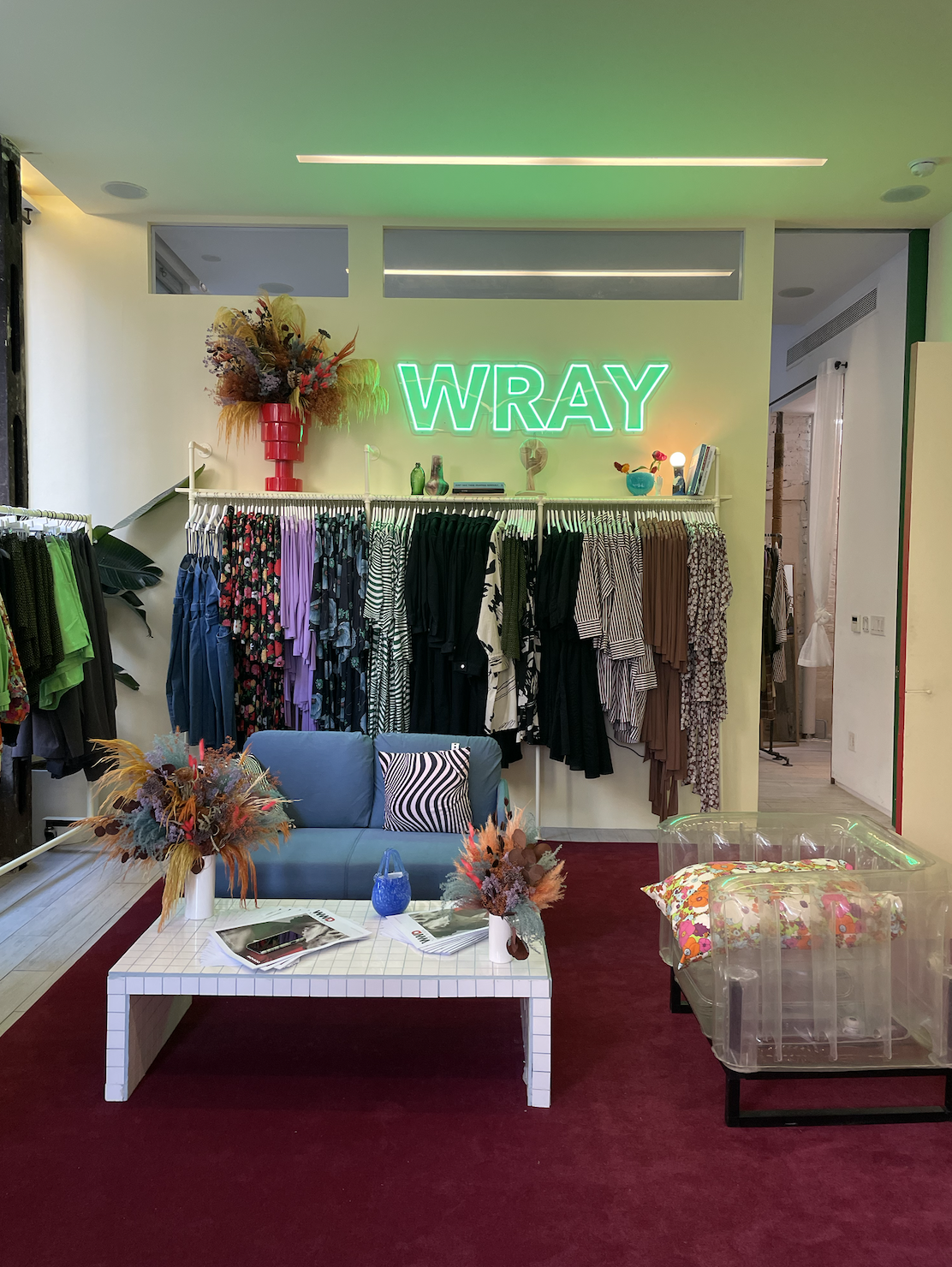
I decided to close my brand for health reasons, because I physically couldn't do it anymore. In addition to that, we got hit with some really large tariffs that were preventing us from being able to operate.
I feel a lot of guilt since I provide jobs for people and clothing for those who truly love my pieces. At the event last night, a woman told me that 80 percent of her wardrobe was made up of my clothing. It's hard for me, too. This brand has been a part of who I am for the past decade of my life, and it ties into my sense of self.
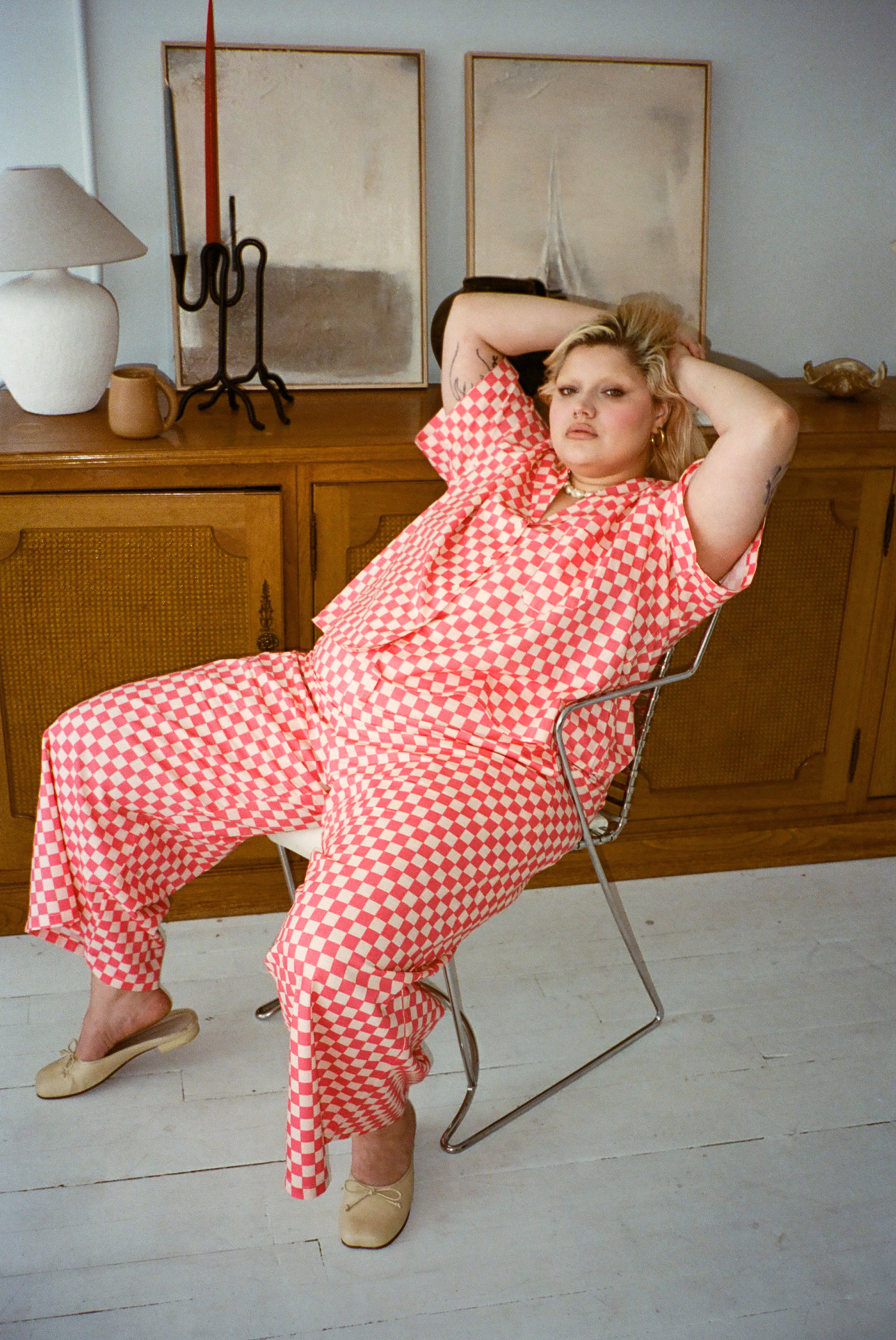
The store has been a place of community and a safe haven. It's an inclusive, safe space for everyone. The last day of operations is June 22.
I wanted to give people a chance to have a sense of closure because I know that the loss of the brand has been difficult for a lot of people. The idea of having a party was for everyone to come and have the chance to say goodbye. It was definitely an emotionally charged event, which I hadn't really considered before it happened. From my perspective, I watched people walk in wearing prints I designed 10 years ago. I was playing a fun game where I would think, I remember designing that print in 2018, 2017, 2016, 2020.
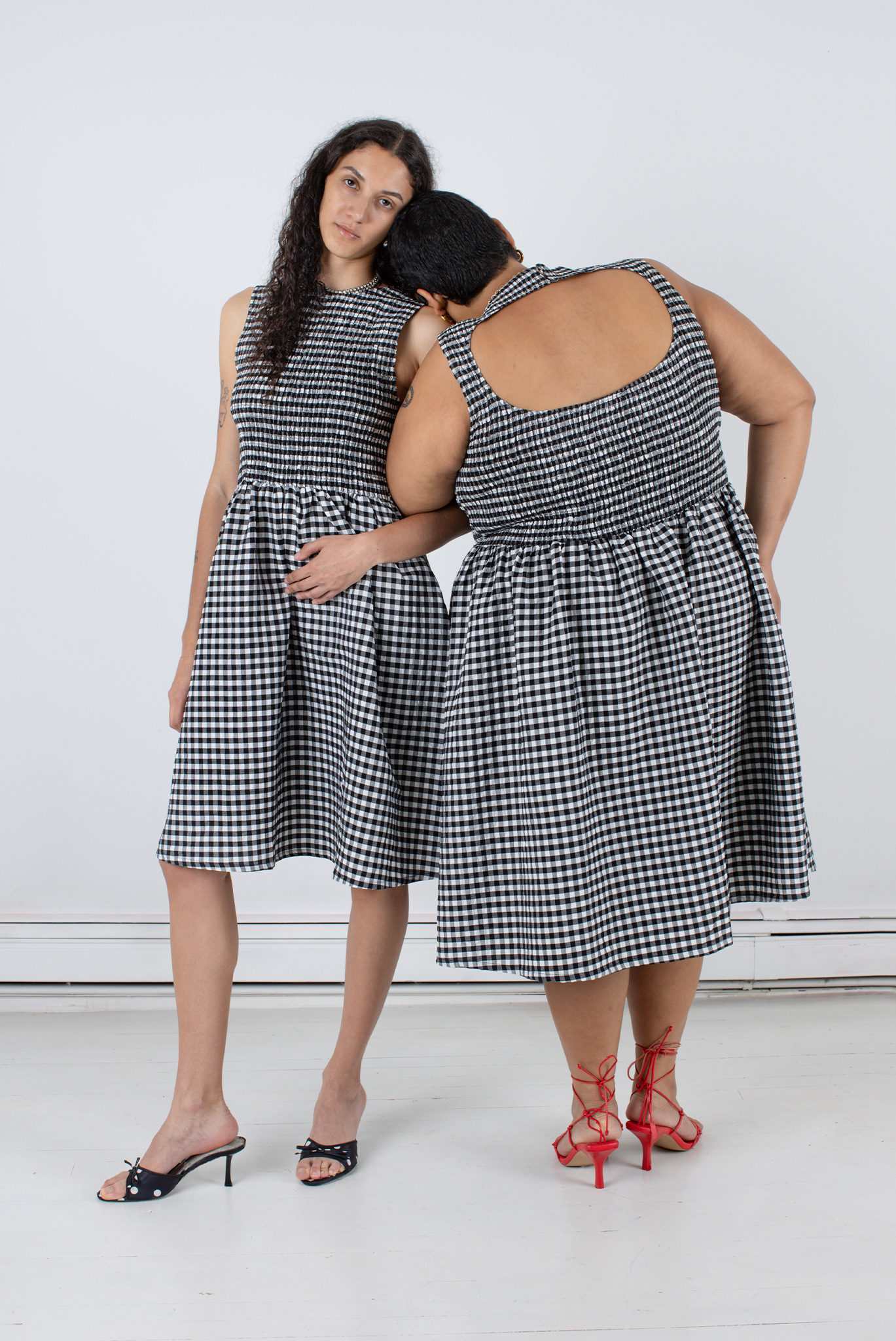
On a personal level, there's not much preparation you can really do for [closing a brand]. It's a little touch-and-go. Shipments can be late, collections get released late, just like always, and with every brand. Then, we have to stay open and online to sell through everything until it's all completely gone.
Every couple of weeks, it has felt like a new, "where are we now?" moment. What are we doing about fulfillment? What's happening with the web store? Obviously, we're winding down our staff, and by the end, it's just going to be me and one other person.
I don't even know what the end date for our online store will be, because I don't know how quickly we're going to sell through things. To be honest, it's a good thing, but it's also a little like purgatory. It's hard for me to make plans and figure out what I'm going to do next and when.
Wray made me feel like fashion could do some good, and it wasn't just there for consuming.
Still, I want to show other brands and designers that size inclusivity is what everyone should be doing. I still want to see all brands adopt extended sizing as a standard.Not offering sizes beyond large is genuinely exclusive. You're actively excluding people, and I don't think that's right.
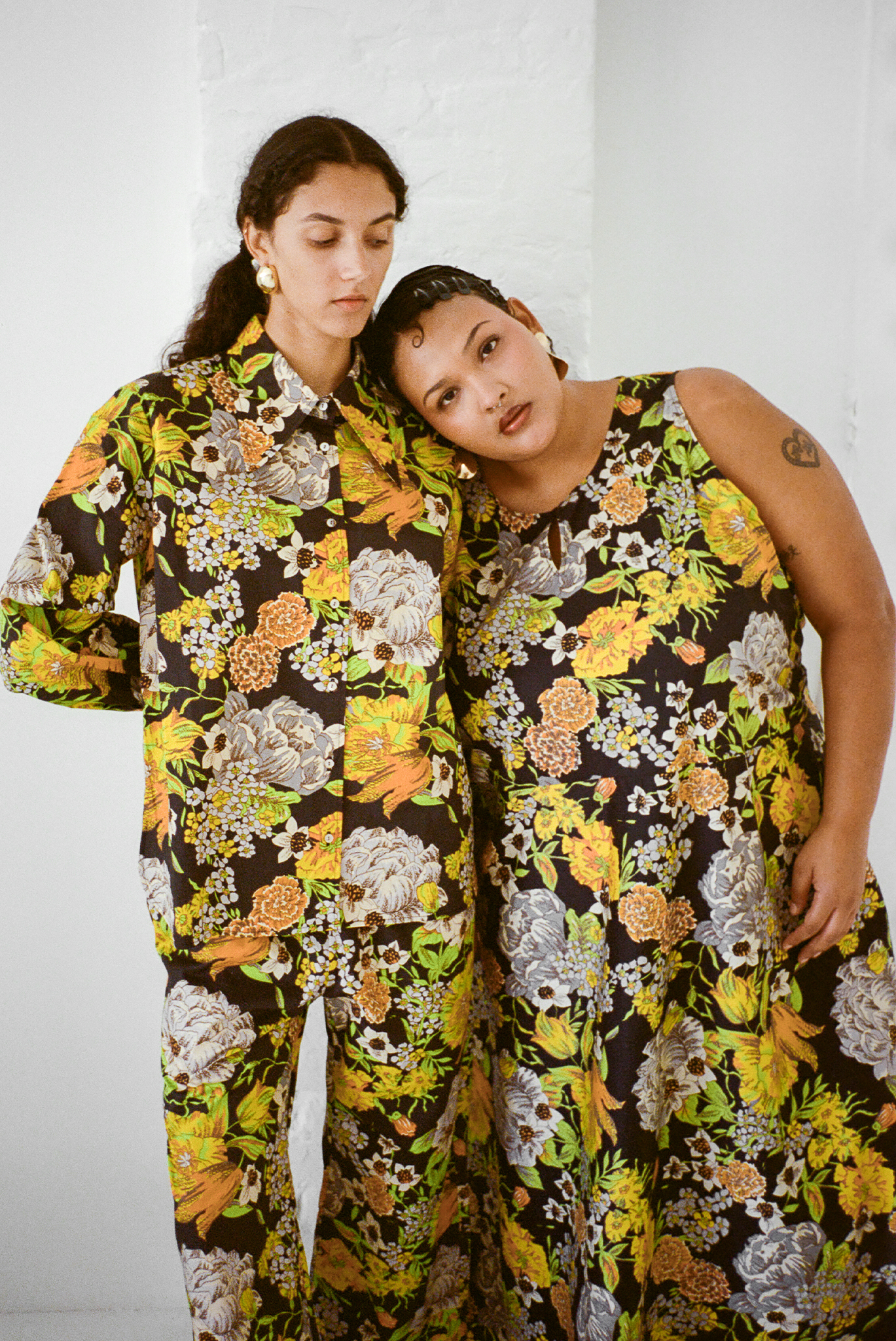
Before closing the online store for good, I plan to highlight newer designers and show everyone that there are other places to shop. Hopefully, we've paved the way for new designers to come in because now it's their time to shine. People still believe in size inclusivity. It is happening, and I do see it. It's not over.
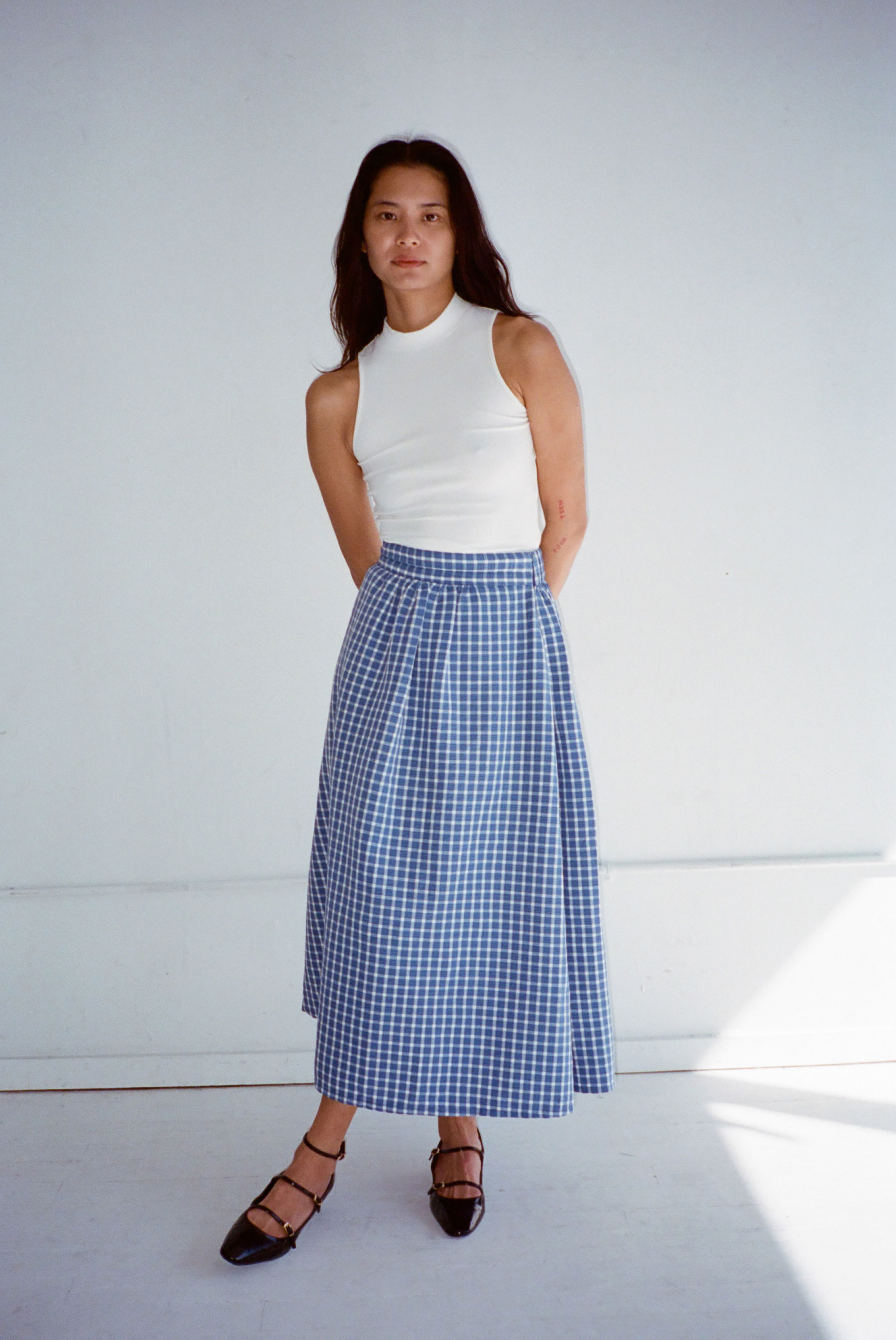
I personally will always be a size-inclusive advocate. I will always advise other brands and individuals in the fashion industry to embrace inclusive sizing. I'll be that advocate until I die.
This interview has been edited for length and clarity.
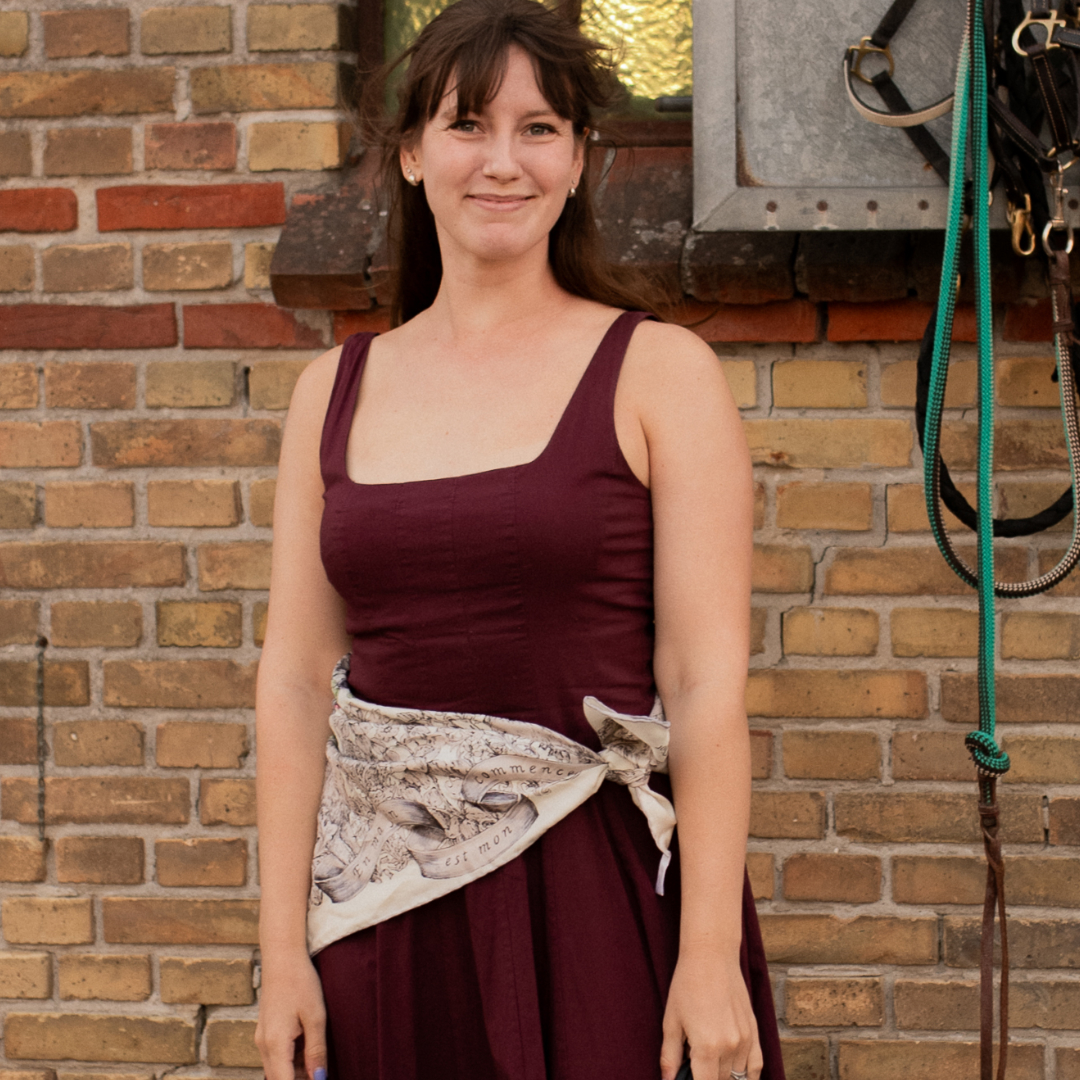
Halie LeSavage is the senior fashion news editor at Marie Claire, leading coverage of runway trends, emerging brands, style-meets-culture analysis, and celebrity style (especially Taylor Swift's). Her reporting ranges from profiles of beloved stylists, to exclusive red carpet interviews in her column, The Close-Up, to The A-List Edit, a newsletter where she tests celeb-approved trends IRL.
Halie has reported on style for eight years. Previously, she held fashion editor roles at Glamour, Morning Brew, and Harper’s Bazaar. She has been cited as a fashion expert in The Cut, CNN, Puck, Reuters, and more. In 2022, she earned the Hearst Spotlight Award for excellence in journalism. She holds a bachelor’s degree in English from Harvard College. For more, check out her Substack, Reliable Narrator.